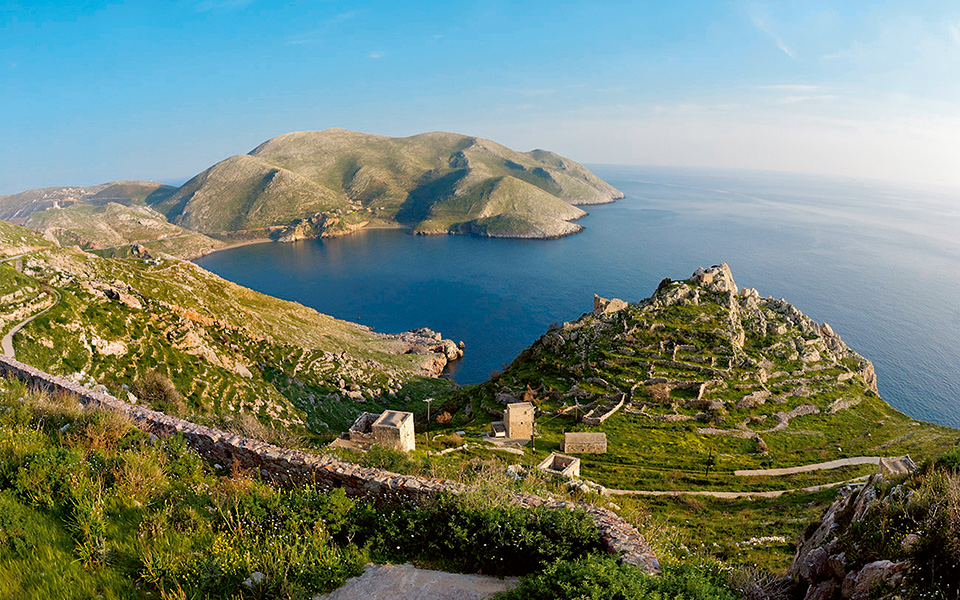GEOGRAPHY
If the Peloponnese were a country, it would rank 151st place in the world in terms of size, yet it is astonishing how much variety and natural wealth has been squeezed into these 21,439 square kilometers that constitute the peninsula south of mainland Greece – earning it the name of Morea after its resemblance to the leaf of a mulberry tree. With a 1,200-kilometer coastline and hundreds of excellent beaches for swimming; with more than 50 mountains with an altitude above 1,000 meters; with forests, lakes, rivers, waterfalls, caves, siteslisted for protection under NATURA and landscapes that have enchanted travelers since antiquity; with fertile undulating valleys and countless challenges for thrill-seekers – from hiking and climbing to diving – the Peloponnese has all the natural capital needed to develop leisure and touring tourism, as well as a healthy model for sustainable growth.

© Clairy Moustafellou

HISTORY
The Peloponnese is a historically- rich region that boasts a number of remarkable archaeological sites – Mycenae, Olympia, Messene, Corinth, Epidaurus and the uniquely preserved temple of Apollo at Bassae. However, numerous other sites of great significance also stand out. In the northeast are Isthmia, Sikyon, Nemea and Medea; in the adjacent Argolid, Argos, Tiryns, Nauplio (modern-day Nafplio), Lerna and Asine; in the south, the once-great Sparta, Mystras, Monemvasia, the castles of Methoni and Koroni, and the wreck-strewn Bay of Navarino (Pylos) with the Palace of Nestor nearby; while in the northwest, Ancient Olympia, one of the most important sites of antiquity, birthplace of the Olympic Games. The Peloponnesian past and its landmarks span centuries of settlement, strife and stoic defense, from the earliest times through the Homeric Bronze Age, the Classical and Hellenistic eras, Roman occupation, Byzantine rule, Slavic and Ottoman invasions and the first decades of the modern Greek state.
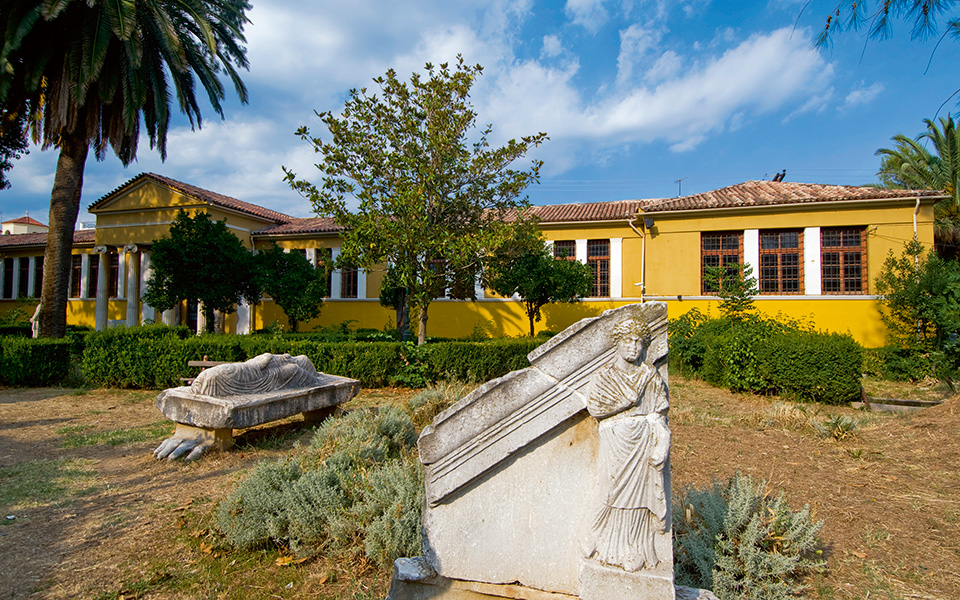
© Clairy Moustafellou
AUTHENTICITY
Touring alone is not enough for demanding modern-day travelers; they want to experience each destination through all of their senses. It is not surprising that so many visitors from around the world return to the Peloponnese to buy a summer home or move here for good. Village life remains uncomplicated, enhanced by colorful traditions, and there are so many events to enjoy all year round: the olive harvest, tasting the first oil, the grape harvest, carnival, Easter, religious fetes, contemporary cultural festivals and a plethora of local initiatives each have their own allure. The Regional Authority of the Peloponnese is investing in this form of experiential- thematic tourism with the creation of 10 themebased experiences under titles such as “Flavors with History,” “Fascinating Journeys,” “Priceless Heritage,” “Land of Myths,” “Nature and Activities,” “Wellbeing and Luxury,” “Legendary Beaches,” “Trip of Dreams,” “Family Holidays” and “Romantic Destination.” Every path leads to the true soul of Greece.
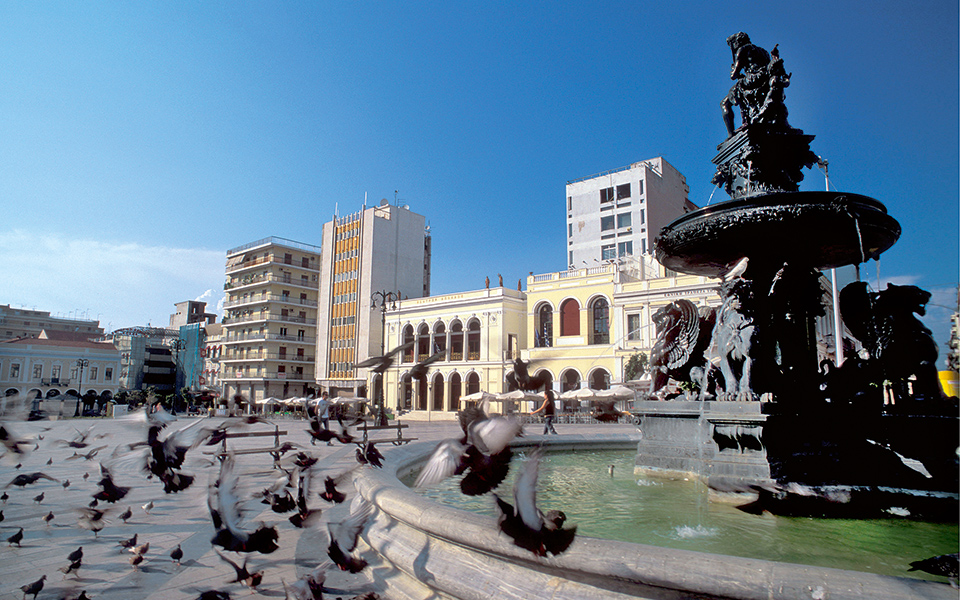
© Clairy Moustafellou
CLIMATE
Though it differs by area and altitude, the Peloponnesian climate can be described as Mediterranean, conducive to a life outdoors for most of the year. Warm on the coasts and colder but bracingly crisp in the mountains, each season unfolds here in all its splendor: winters tend to be mild and wet on the lowlands and wilder in the mountains, which see plenty of snowfall; summers are hot and can be humid depending on the locality; while spring and autumn are arguably the best time to explore the region and enjoy activities in nature.
ACCESSIBILITY
With Corinth just 1 hour from Athens by road, Tripoli a mere 1 hour 45’ and Kalamata 2 hours 30’ at a reasonable speed, access to the Peloponnese is easier today than ever before. Extensive work on its highways, the Olympia Odos linking Corinth to Patra and the Ionia Odos linking Western Greece and Epirus to the Peloponnese via the Rio-Antirrio cable-stayed bridge, is expected to trim journey times by 20 percent and offer fast and safe travel. Meanwhile, the “Captain Vassilis Constantakopoulos” International Airport of Kalamata has broken the domestic arrivals record, with numbers soaring from 30,446 in 2009 to 98,511 in 2014. Future plans by the Regional Authority also see it evolving into a major, competitive hub for the entire Mediterranean region. Aegean Airlines has already created a base there, while other leading carriers (EasyJet, Austrian Airlines, Condor, Ryanair, Air Berlin) have seasonal flights connecting the Peloponnese to 21 European destinations, among them London, Paris, Munich, Stockholm, Vienna and Prague. At the same time, there are plans to hand over a military airport in Tripoli to civil aviation in a bid to boost commerce and tourism. The aim is for the new airport to serve low-cost airlines, charters as well as cargo carriers.

INFRASTRUCTURE
The economic crisis has undoubtedly restricted Greek holidaymakers but the Peloponnese is investing in the foreign traveler and being reinvented as a premier Mediterranean destination dedicated to offering quality services, with genuine respect or the natural environment, local people and visitors. Having developed integrated destination resorts in Messinia and Porto Heli, with new ones opening in Laconia and Corinthia, the region has justifiably earned a prominent place on the luxury tourism map and is increasingly attracting international tour operators. Marinas, yacht anchorage zones and diving sites have made it an important base and stop-off in marine tourism, while its cities and towns – an attractive combination of modern infrastructure and local color – have been making inroads with the conference and city break tourism markets. Natural springs, rivers, ski resorts and mountain trails are contributing to even more specialized forms of outdoor tourism. One of the biggest achievements in this respect has been the development of the Mainalo Trail in the Arcadian mountains, the first internationally certified trail in Greece, covering a central route of 75 kilometers with myriad detours that take you into villages and forests of Gortynia and the playgrounds of ancient gods.
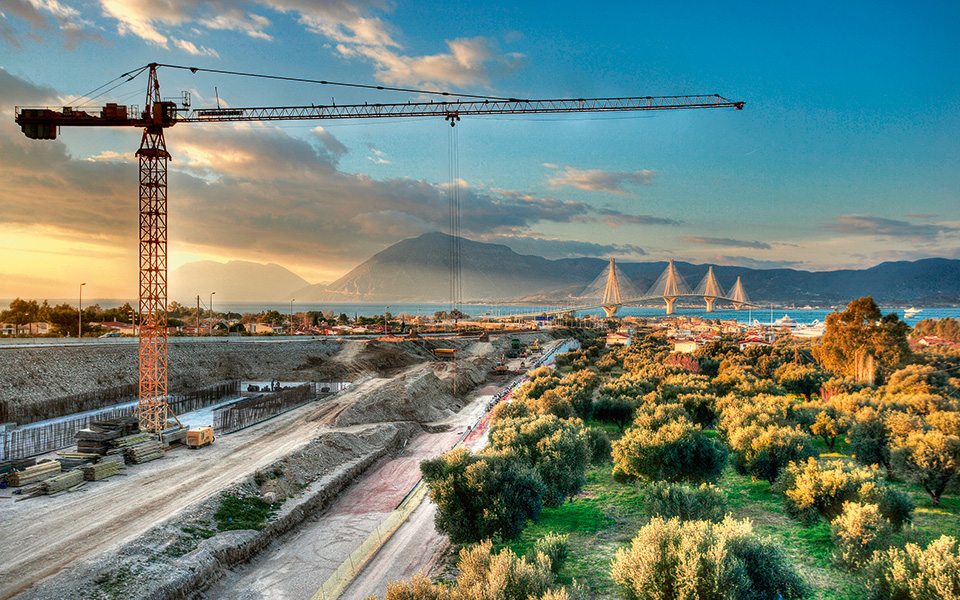
FOCUSING ON THE SEA
Other than the ultramodern Port of Patra, the second biggest in Greece and a major gateway to Western Europe, the Peloponnese has a large network of ports that can play a crucial role in the development of its maritime tourism. Four of Greece’s 20 ports with the highest number of cruise ship arrivals in 2015 are here: Katakolo (5th place), Kalamata (11th), Nafplio (13th) and Monemvasia (18th). Also actively vying for a slice of this significant market are Gythio, Astros, Leonidio and Kyparissia. Additionally, efforts are being made to enhance the region’s marinas to attract the yachters, who contributes significant revenues to the local economy throughout the year. The marina at Nafplio has already been developed, with that of Monemvasia expected soon, while three in Laconia, one in Marathopoli in Messinia and another in Tyros in Arcadia, will also soon welcome pleasure craft.
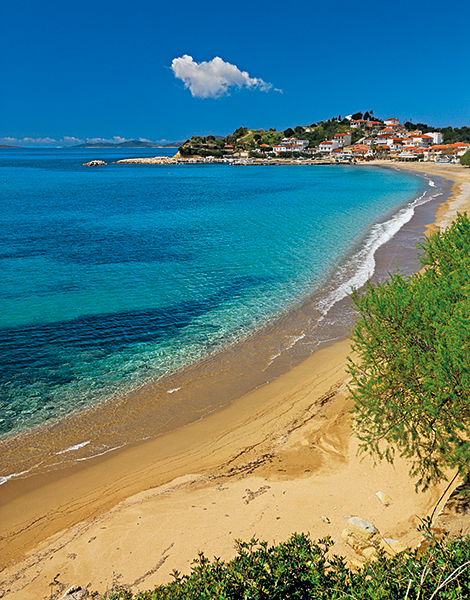
© Mythical Peloponnese
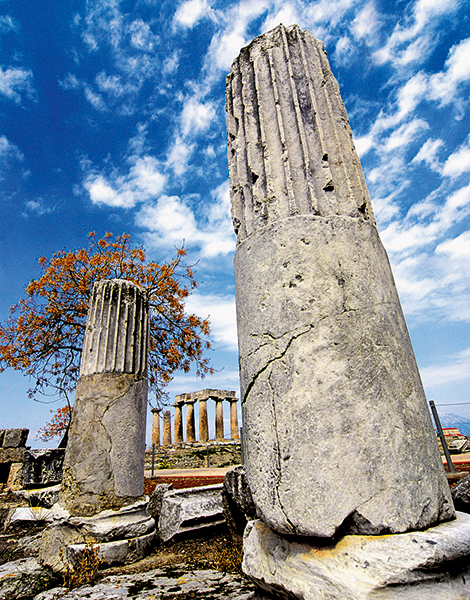
THE FUTURE
Sustainable development, improving the quality and promotion of the tourism product, developing specialized forms of tourism and new offerings, attracting affluent visitors and lengthening the season to seven months with a view to making the Peloponnese a year-round destination: these are the tourism policy challenges being met by the regional authority.
Reaching out
All of the traditional and modern tools of marketing and communication (through portals, social media campaigns, advertising spots, brochures, etc.) are being enlisted in the effort to enhance the international brand name “Mythical Peloponnese”. This ambitious campaign is centered on the official website (www.mythicalpeloponnese. gr) and includes the broad use of social media (with thousands of “friends” on) and smartphone apps (Mythical Peloponnese, Mythical Peloponnese Travel, Hiking in the Peloponnese). Events held in cooperation with tourism professionals to host journalists and tour operators from around the world have led to widespread publicity and significant deals being made at relatively little cost, ] while the Peloponnese also maintains a dynamic presence at all major international trade fairs, including World Travel Market London, ITB Berlin, Moscow International Travel and Tourism, TourNatur and Boot in Dusseldorf.
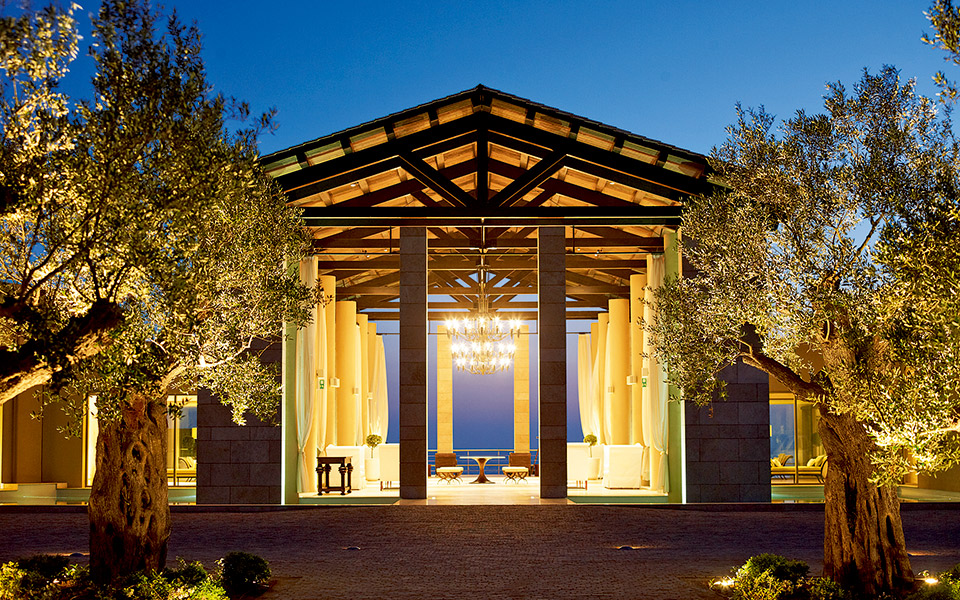
Tourism Observatory
All of the information needed to draw up tourism strategies will be collected here, from statistics on arrival figures, employment and environmental impact, to data on potential demand and visitor satisfaction.
Investment
One billion euros’ worth of infrastructure projects are currently under way as part of the biggest investment program ever carried out in the Peloponnese. Several public-private partnerships are also in the pipeline: the regional authority is providing 150 million euros to 1,140 investment plans, mainly for small and medium-size businesses involved in tourism, while another 60 million euros are being invested in cultural activities to enhance theme-based tourism.
Peloponnese City Break Card
This campaign is aimed at attracting tourists to the Peloponnese’s cities and towns by offering discounts on accommodation and food, admission to archaeological sites and public transportation.
Peloponnesian Quality Agreement
Achieving a successful marriage between tourism and the region’s quality products and cuisine is the key to this initiative. It is scheduled to be launched in 2016, in cooperation with Peloponnesian businesses and producers.

